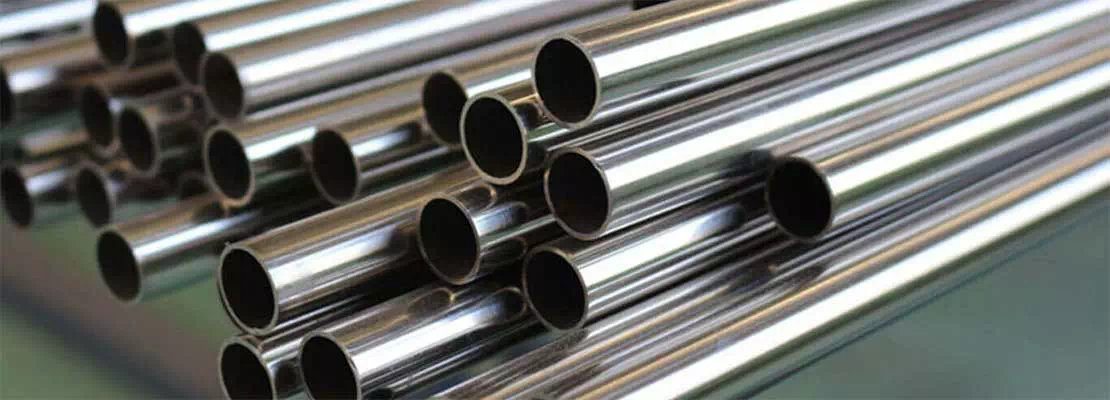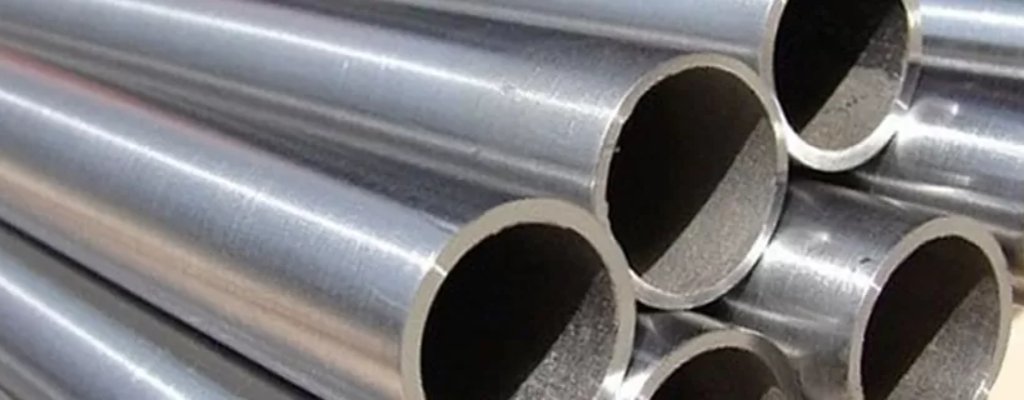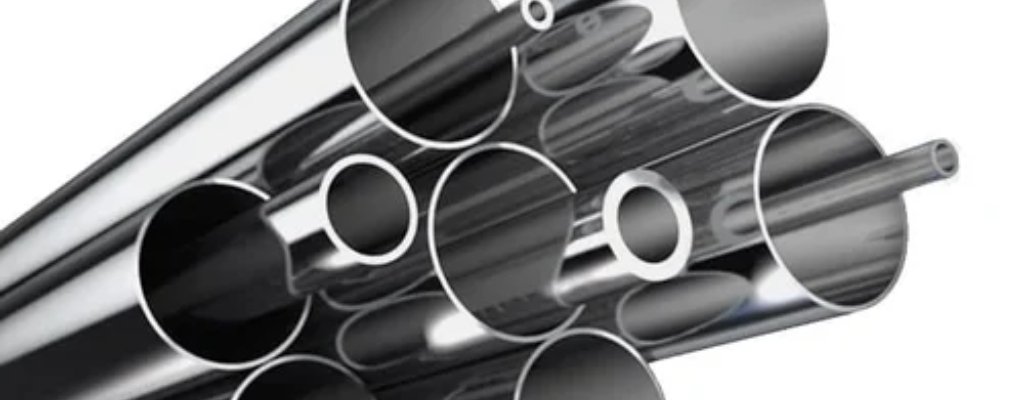| Standard |
ASTM B677, ASTM B673, ASTM B674, ASTM B690, ASTM A312, ASTM A358, ASTM A376, ASTM A409, ASTM A790, ASTM A813, ASTM A814, ASTM B649, ASTM A276, ASTM A479, EN 10217-7, EN 10088-2, EN 10028-7, ISO 15156-3, NACE MR0175/ISO 15156, NACE MR0103, PED 97/23/EC, AD 2000-WO, ASME Boiler & Pressure Vessel Code Sec.II Part A Ed. 2008, API 6A (American Petroleum Institute), MR0103, ASTM G150, ASTM F899, ASTM F1948, ASTM A484, ASTM A193, ASTM A262, ASTM A182, ASTM A955, ASTM A276/479, ASME SA213, ASME SA312, ASME SA688, ASME SA789, ASME SA790, DIN 1.4539 |
| Surface Finish |
Annealed Pickled, Polished, Bright Annealed, Electro Polish, Sand Blasting Finished, Hairline, Matte Finish, 180 Grit, 240 Grit, 320 Grit, 400 Grit, 500 Grit |
| Applications |
Chemical Processing, Pharmaceutical, Oil & Gas, Desalination Plants, Heat Exchangers, Condensers, Pulp & Paper, Petrochemical, Power Generation, Offshore, Water Treatment, Marine, etc. |



